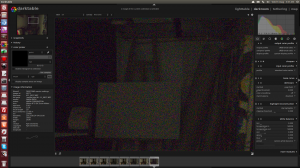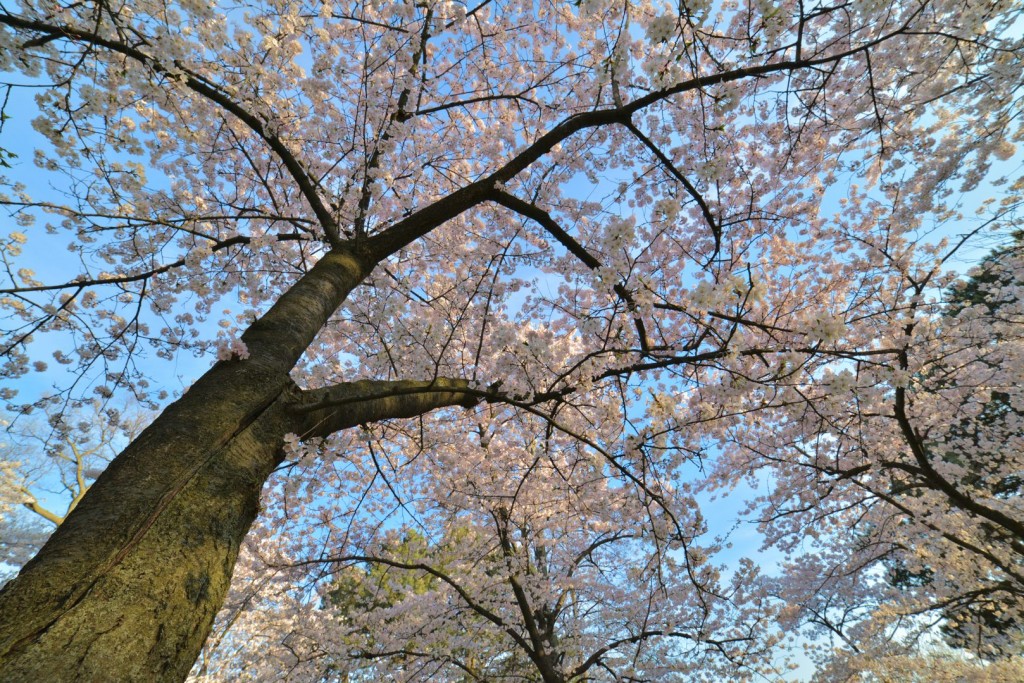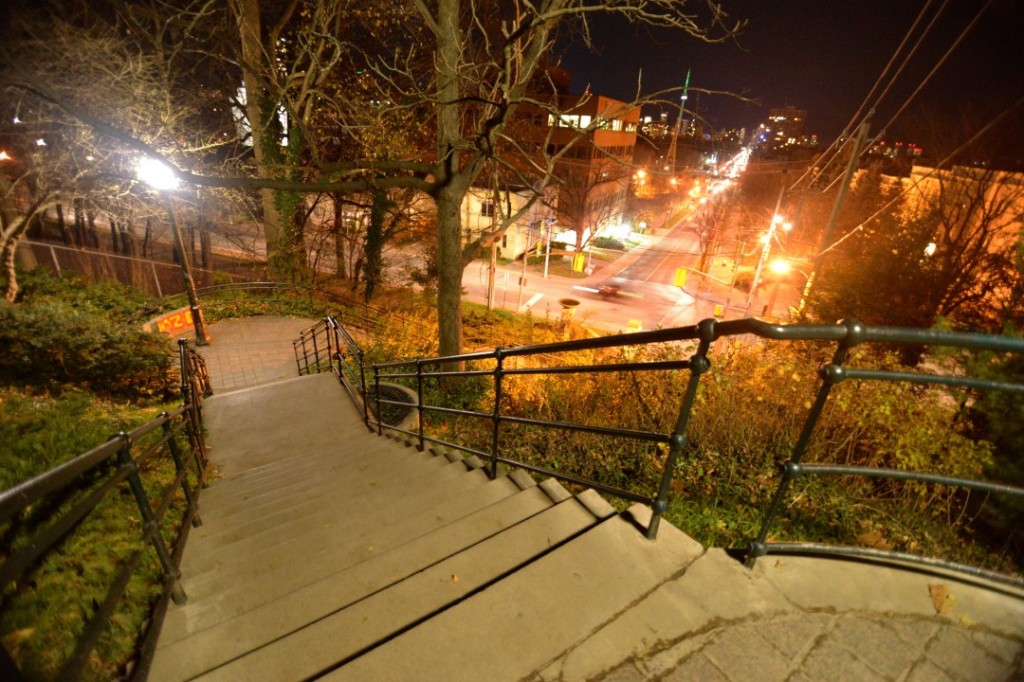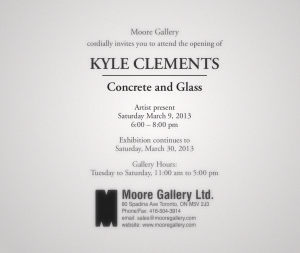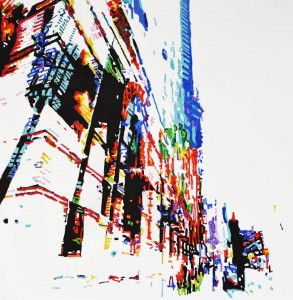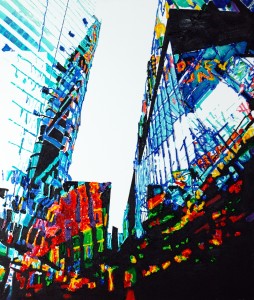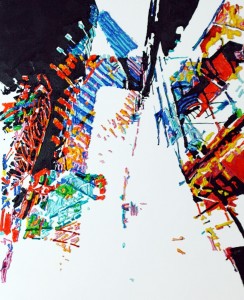(Note: It’s 7am as of my writing this, and I have things to do this afternoon, so I’m going to declare this post a work in progress for now and go to bed. more details to come.)
My recent YouTube video comparing the nine year old Nikon D70 to the 9-months old full frame Nikon D600 has received a lot of attention. And it has also received a lot of criticism for being a very sloppy, uncontrolled test. The intention of the last batch of tests was to show the differences you get when you just pick up the camera and go. The output was neutral profile Jpegs, no sharpening or noise reduction. Each of the cameras exposed the shots differently, rendered colours differently, and handled noise differently.
This second batch of tests was a lot more strict. Auto white balance was the only area where the camera got to think for itself.
I used manual exposure mode, and used the exact same settings between cameras.
I shot RAW, not JPEG, to ensure the cameras weren’t doing anything sneaky to the images.
I took screenshots from inside Darktable, my RAW editor of choice, showing each of the images zoomed in to 100%, along with the camera settings.
The results were saved as PNG files, so there would be no softening as the images were compressed.
I’ll go from worst to best, starting with the D600. Click on the image to see the original, full size PNG screenshot.
